This book changed how I photograph my environment and sparked an even greater passion for photography
This book changed how I photograph my environment and sparked a passion even greater for photography
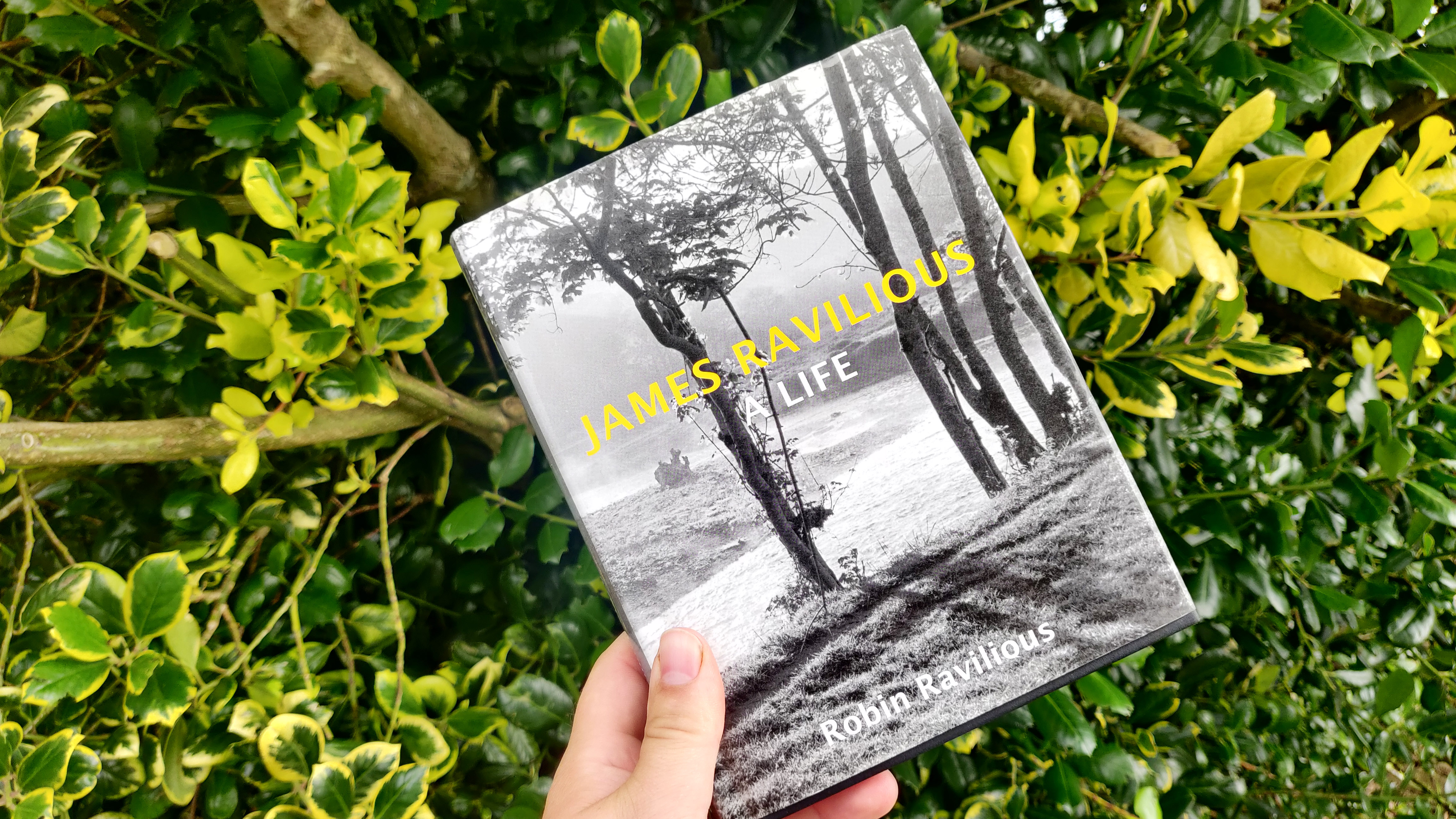
I'm sure it's well known here that I am somewhat of the "outdoors" expert on the Digital Camera World team, living deep in the countryside of Cornwall in the UK.
While this does have its benefits for testing out the best binoculars I often find myself taking images of sometimes things that others would simply walk by – I like to think I try and capture the beauty within the mundane, or that's poetically how famous Magnum photographer David Hurn puts it when describing his photographic journey of capturing Wales over the years.
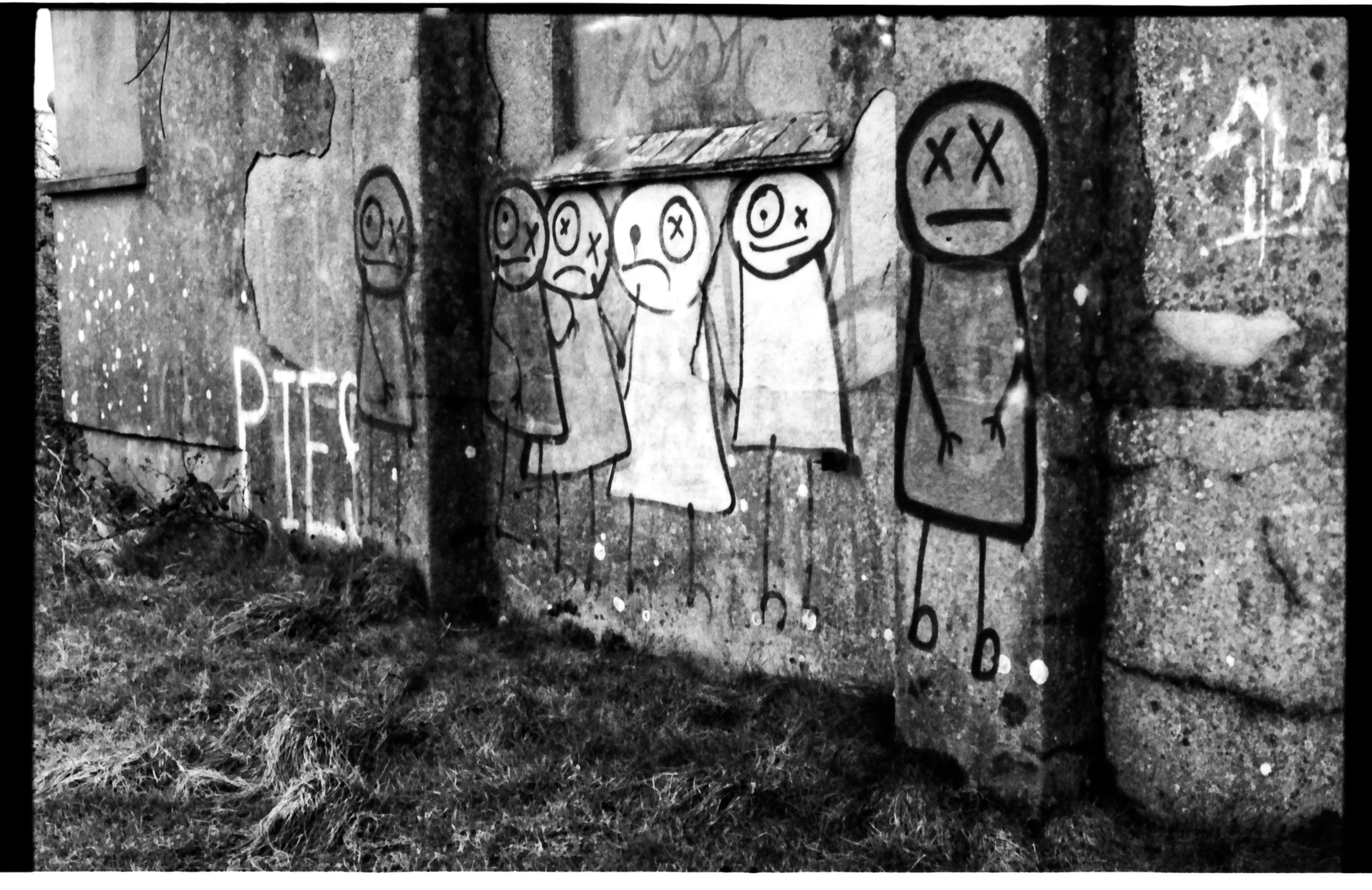
I'm based in what you might call an "old country" village – you see people, houses, and scenery come and go as the world gets modernized, and while I can, I like to document the "old ways" before they are gone for good. However, after discovering a lesser-known photographer (to me at least) James Ravilious his work has opened my eyes to what can be possible - even for those living in remote villages or towns – whether in Cornwall or the US.
James' career started as a painter and teacher in London, before moving to the countryside of Devon in the UK. He had a keen eye for documentary work and he slowly saw himself positioned to capture the Devon countryside and its people before this untouched world was forced to modernize between the 1960s and 1980s – the results were 75,000 black and white negatives for the Beaford Archive
His memoir, James Ravilious: A Life, written by his wife, Robin Ravilious, captures the essence of this great photographer, his struggles, and the importance of capturing the landscape and the old ways before they were lost forever.
Not many photography books have hit me emotionally more than this one, as I found myself (at first not intentionally) documenting the Cornish countryside before it is lost to new housing, development, and modernization.
James' story about how he got into photography is somewhat similar to my own. Ravilious attended a Henry Cartier-Bresson exhibition in London which opened his eyes to photography as an art medium, other than just a documentary tool to be used for painting, etc.
Get the Digital Camera World Newsletter
The best camera deals, reviews, product advice, and unmissable photography news, direct to your inbox!
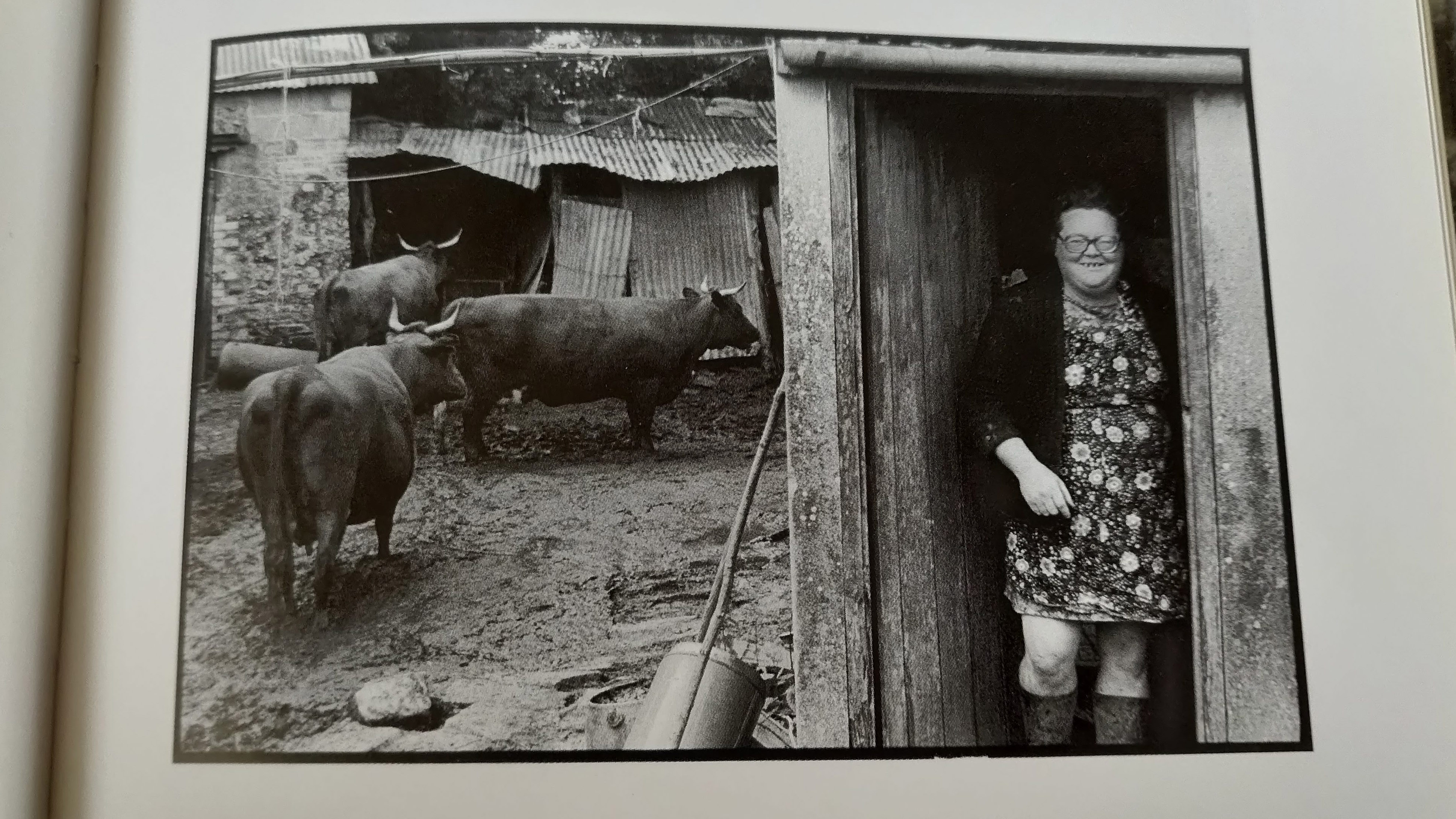
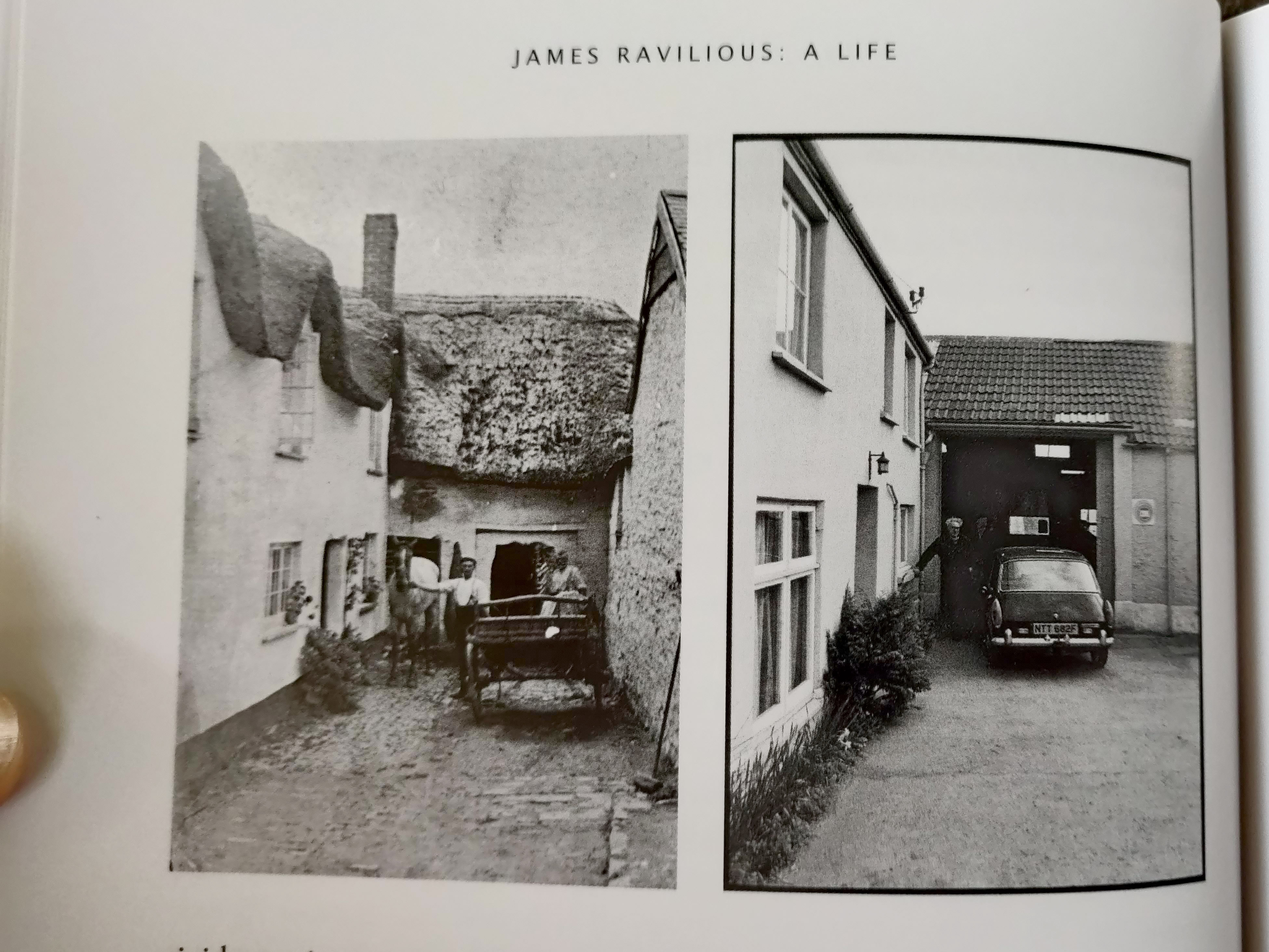
I myself found street/documentary photography by finding out about Cartier-Bresson and learning about his work – fast forward a few decades, and again I'm discovering a new photographer who has a passion for the countryside and documenting it for future generations.
Within the book, you are given a display of James Ravilious' work from start to finish and while it might not appeal to everyone, it certainly has a charm that makes me love to look at his photographs.
Most are simple compositions of either animals or people within the rural landscape, but others have a great complexity to them that simply makes you think "How did he take that back then?"
One image that comes to mind is of a young child running for the school bus, with village buildings at the top of the picture, a graveyard toward the bottom, and a figure running through the middle. To me, that shows the circle of life and has a Cartier-Bresson quality to it – and that's what I want my own pictures to look like.
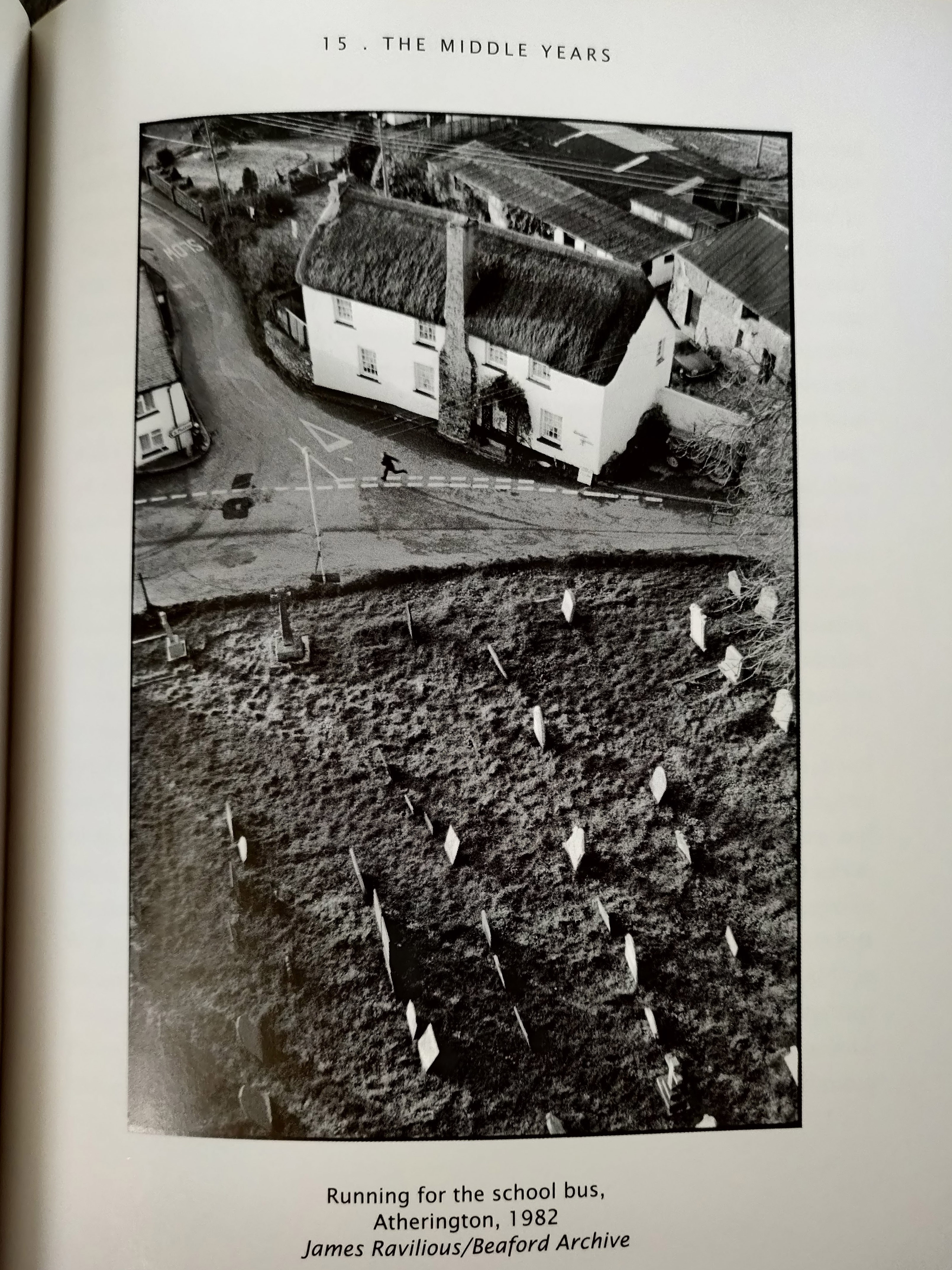
This brings me to my point. I'm saying photobooks or biographies about photographers have their place within the digital world. This one book has honestly changed the way I photograph. Sometimes I take the time to photograph the graffiti mural on an old workshop wall, where before I would have just walked past it, or stop and take an image of the confusing footpath post because it might not be there in a few months.
This book has helped my process of documenting the landscape, and while a book about a photographer in Devon, England might not appeal to those reading this in the US – it does showcase that one photography book that engages with you can change your whole view on your one photography and ignite your passion even further – and I hope everyone reading this finds that spark, because its a wonderful thing!
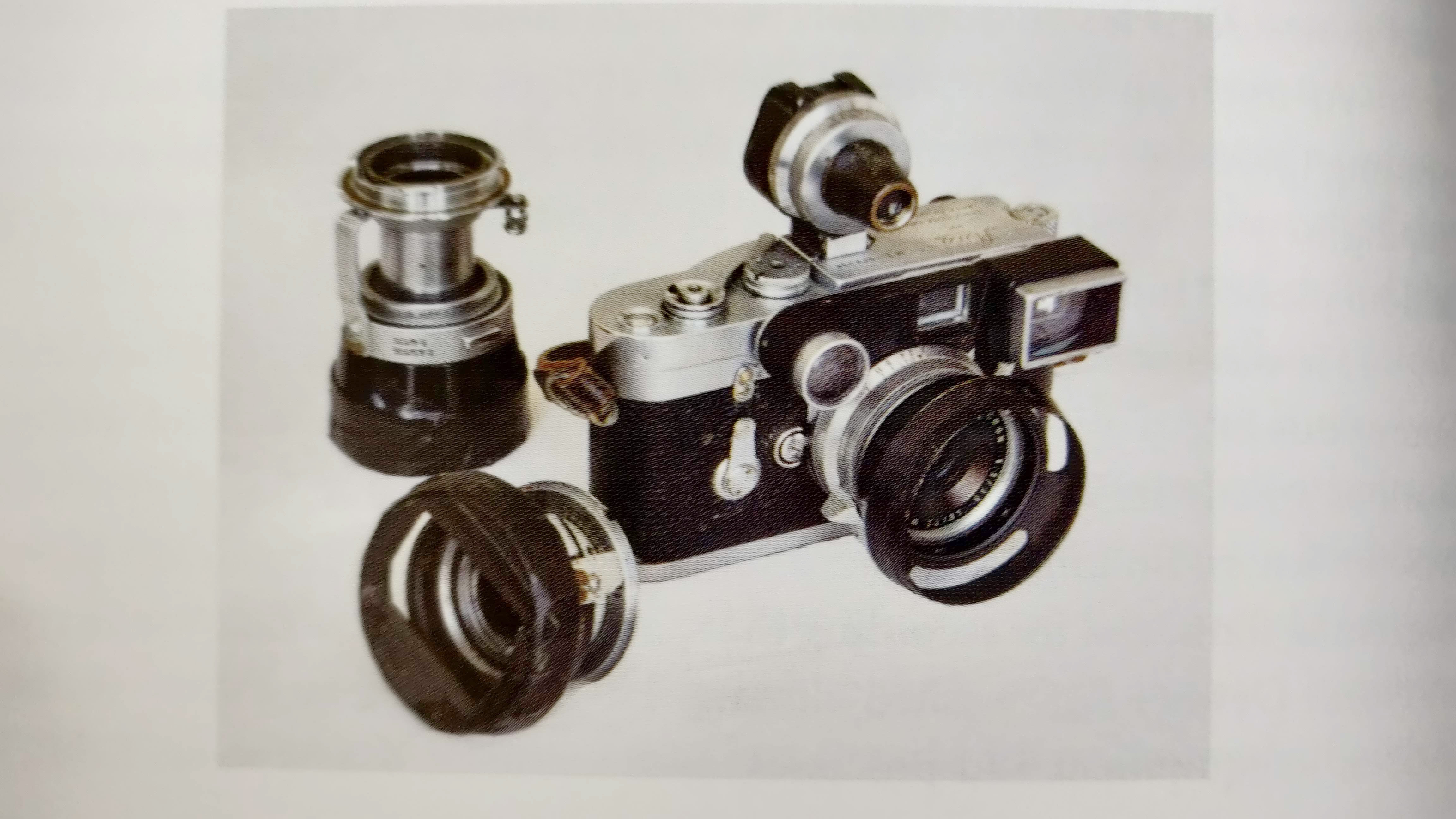
James shot all his images with a Leica M3 rangefinder camera and a selection of lenses such as a 50mm, 35mm, and 28mm – some modified by his own hands to suit his needs. While this also pleased me as a Leica shooter myself, it also made me think of how I have also converted an old Nikkor-H 50mm f/2 to fit a modern-day Nikon D800 and my Nikon F5 for much the same reasons, and I find that delightful!

For nearly two decades Sebastian's work has been published internationally. Originally specializing in Equestrianism, his visuals have been used by the leading names in the equestrian industry such as The Fédération Equestre Internationale (FEI), The Jockey Club, Horse & Hound, and many more for various advertising campaigns, books, and pre/post-event highlights.
He is a Fellow of the Royal Society of Arts, holds a Foundation Degree in Equitation Science, and holds a Master of Arts in Publishing. He is a member of Nikon NPS and has been a Nikon user since his film days using a Nikon F5. He saw the digital transition with Nikon's D series cameras and is still, to this day, the youngest member to be elected into BEWA, the British Equestrian Writers' Association.
He is familiar with and shows great interest in 35mm, medium, and large-format photography, using products by Leica, Phase One, Hasselblad, Alpa, and Sinar. Sebastian has also used many cinema cameras from Sony, RED, ARRI, and everything in between. He now spends his spare time using his trusted Leica M-E or Leica M2, shooting Street/Documentary photography as he sees it, usually in Black and White.
